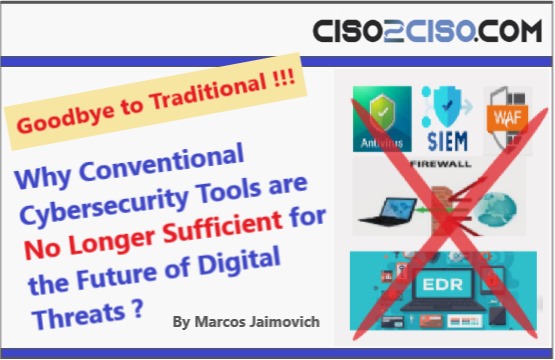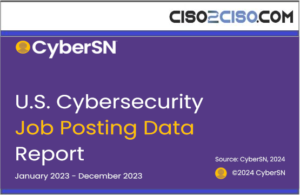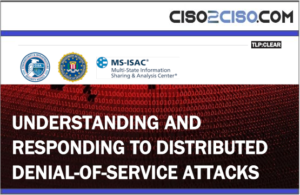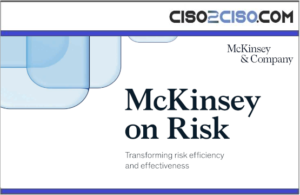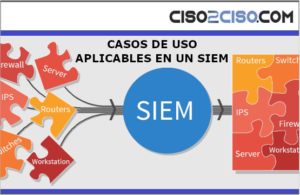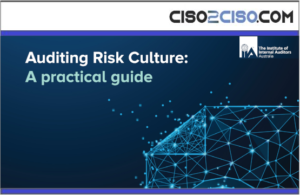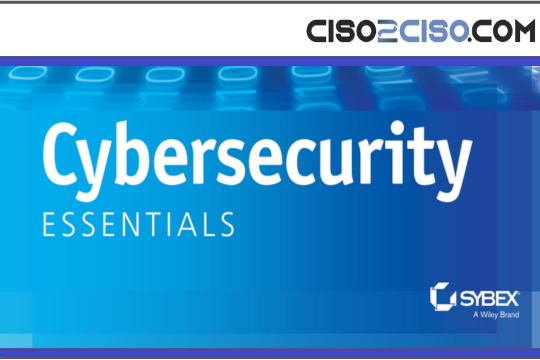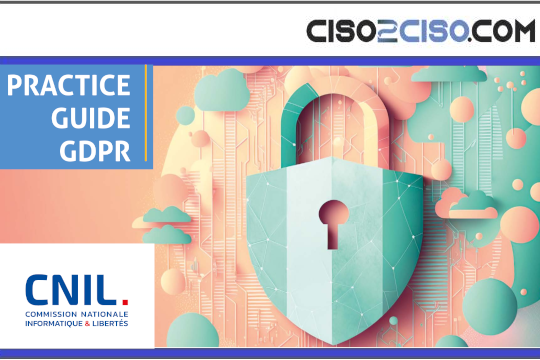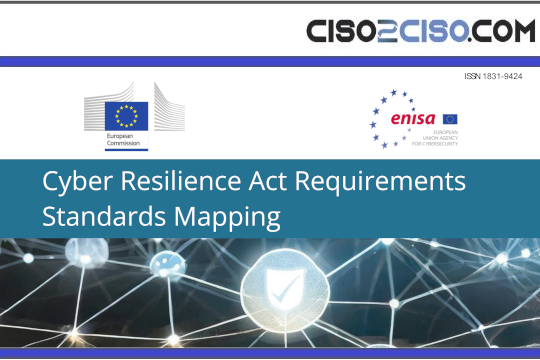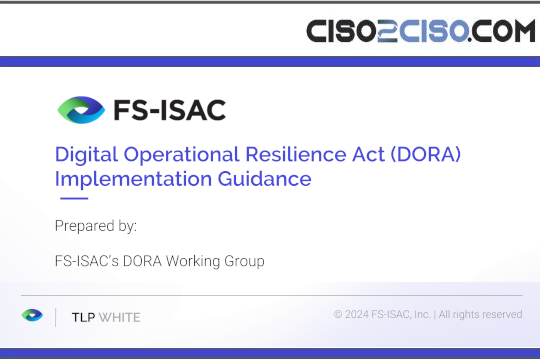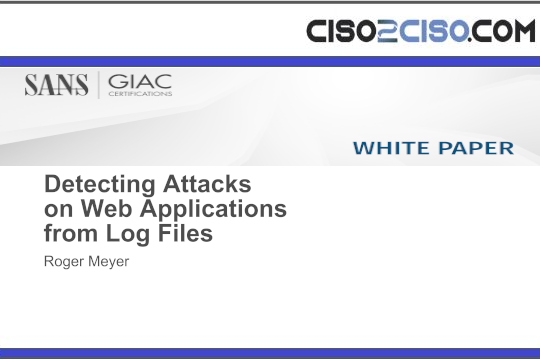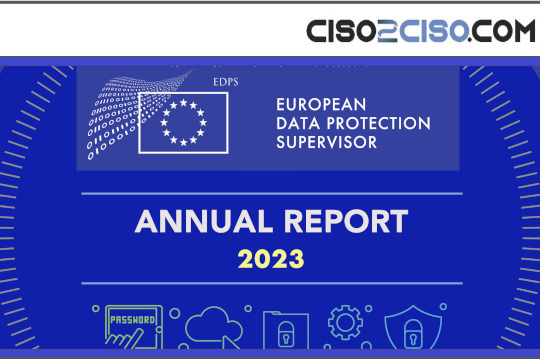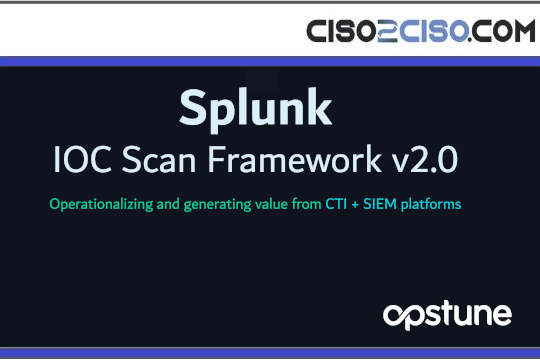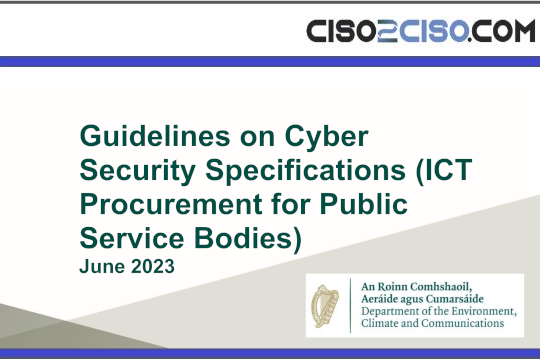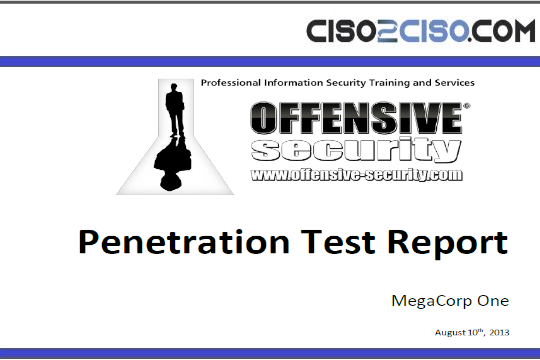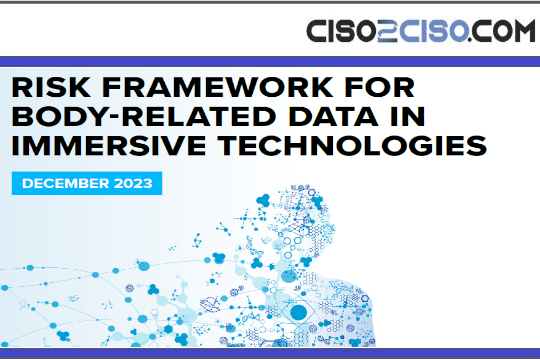In a world where technological innovation advances by leaps and bounds, cybersecurity has become an issue of utmost relevance for organizations of all sizes and sectors. However, as the digital threat landscape evolves, it is becoming clear that traditional cybersecurity tools and approaches no longer offer the protection needed to address the complexities of current and future challenges.
👉 Changes in the Threat Landscape: Cyber threats have evolved considerably in recent years. From basic malware attacks to sophisticated ransomware campaigns and targeted attacks, adversaries have demonstrated an unprecedented ability to bypass traditional defenses. This change in the threat landscape demands an equally dynamic response from organizations.
👉 Limitations of Conventional Tools: While traditional tools such as firewalls and SIEM systems have been essential for cybersecurity for decades, their approach based on static rules and predefined signatures has become obsolete in the current context. Attackers have learned to bypass these defenses using techniques such as bypassing signature detection and exploiting unknown vulnerabilities, leaving organizations exposed to significant risks.
👉 Need for a Holistic View: Modern cybersecurity requires a more holistic approach that goes beyond simple threat prevention. It is necessary to adopt a proactive mindset that includes early detection, rapid response and effective recovery in the event of a security incident. Traditional tools alone cannot meet these requirements.
👉 Complex Technological Environments: With the widespread adoption of technologies such as the cloud, virtualization and the Internet of Things (IoT), the traditional security perimeter no longer exists. Organizations operate in increasingly complex and distributed environments, making the task of protecting digital assets even more difficult.
Innovations in Cybersecurity: Fortunately, the field of
Cybersecurity is also experiencing significant advances. From next-generation detection and response solutions to artificial intelligence and machine learning technologies, there is a wide range of innovative tools and approaches available to help organizations confront digital threats more effectively.
The security challenges we face today may share similarities with those of previous decades, but the tactics and tools used by malicious actors have evolved considerably. Therefore, our defense strategies must evolve accordingly.
What are the keys to this evolution?
👉 Unprecedented Network Visibility: In a world where threats can originate anywhere and at any time, full visibility of our network becomes an invaluable asset. The ability to comprehensively monitor and analyze network traffic allows us to detect suspicious activities and proactively respond before they become larger incidents.
👉 Advanced Endpoint Protection: With the proliferation of connected devices and the growing trend of remote work, endpoints have become vulnerable entry points for cyberattacks. Implementing endpoint protection solutions that go beyond simple malware detection becomes essential to protect our digital infrastructure.
👉 Network Microsegmentation: Adopting microsegmentation allows us to divide our network into smaller, safer segments, thus limiting the impact of a possible compromise. By restricting the lateral movement of attackers within our network, we can effectively mitigate the risk of threat propagation.
👉 Security of Services and Containers: With the growing adoption of container-based architectures and the migration towards hybrid cloud and multicloud environments, the security of services and containers becomes a critical aspect of our cybersecurity strategy. It is essential to implement robust security measures that protect not only our infrastructures, but also the services and applications that reside on them.
These strategies are not only vital to addressing current threats, but also lay the foundation for resilient and adaptive cybersecurity in an ever-changing digital world. It is important to highlight that the effective implementation of these strategies requires a holistic approach that takes into account not only technology, but also processes and the human factor.
In conclusion, the future of cybersecurity does not lie in the mere adoption of advanced tools and technologies, but in the ability to adapt and evolve in response to emerging threats. Taking a proactive, innovation-focused approach will allow us to stay one step ahead in the fight against cyberattacks, thereby protecting our digital assets and ensuring the continuity of our business operations in an increasingly interconnected and digitalized world.”
To be continue…..
Views: 42

